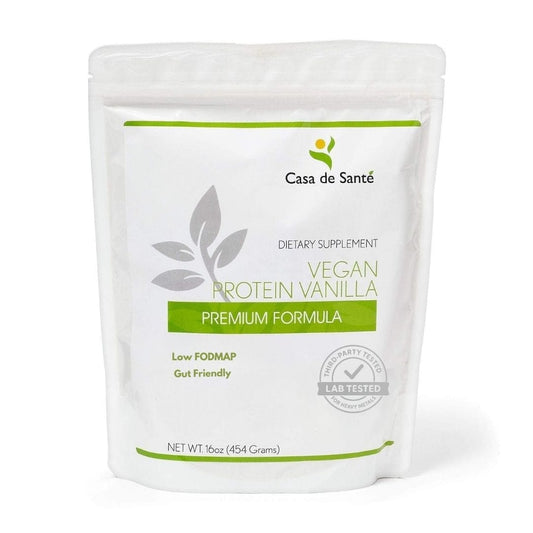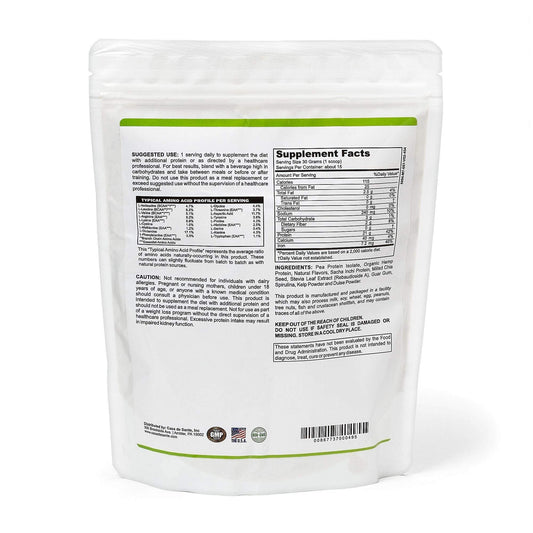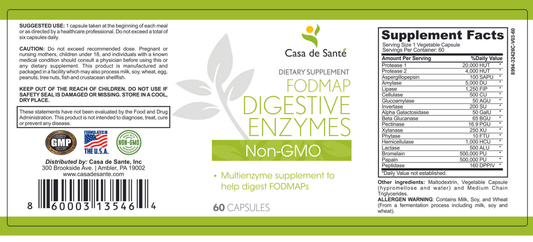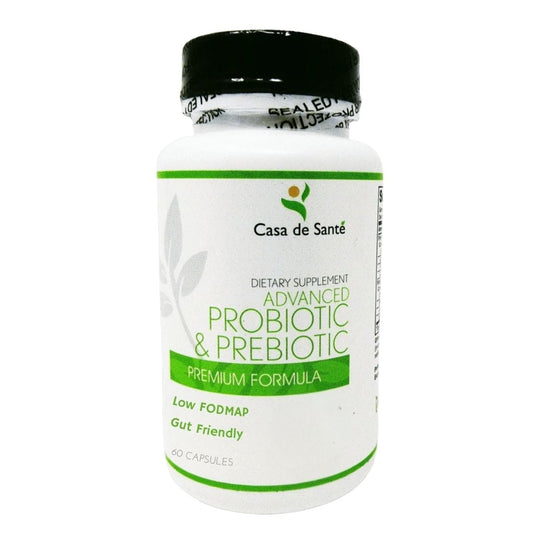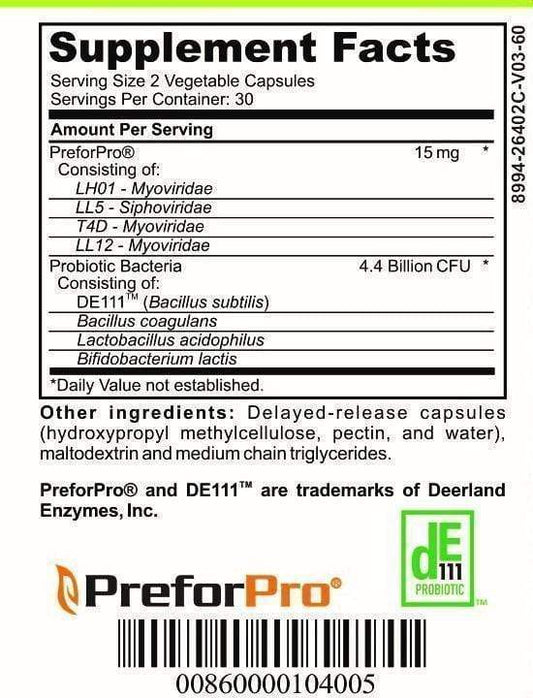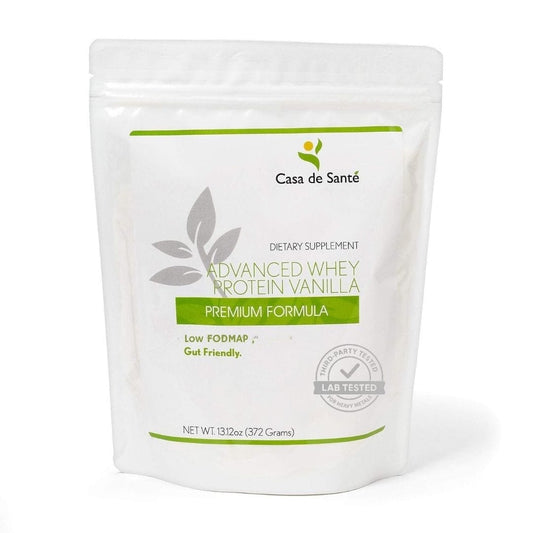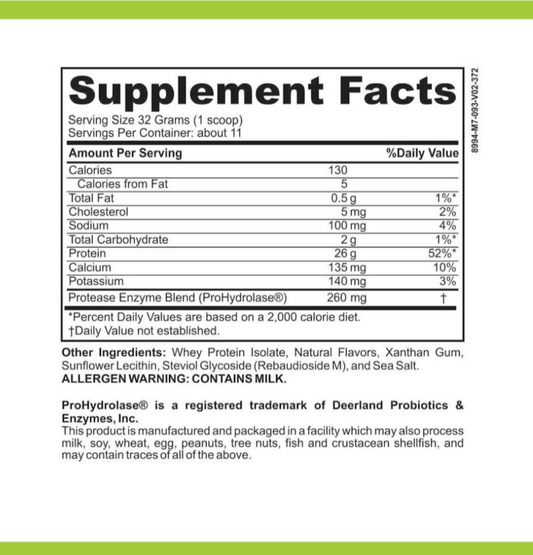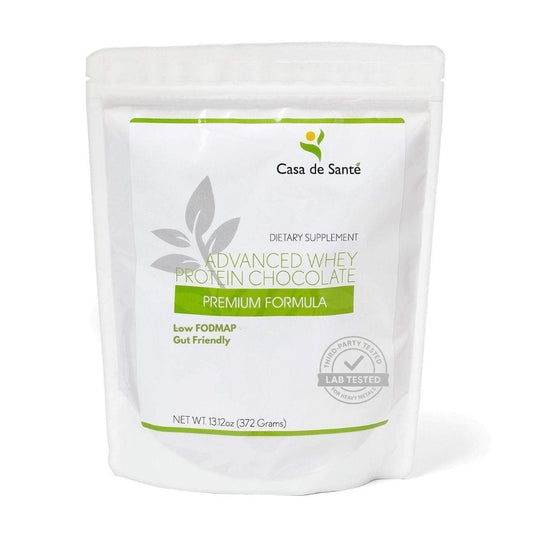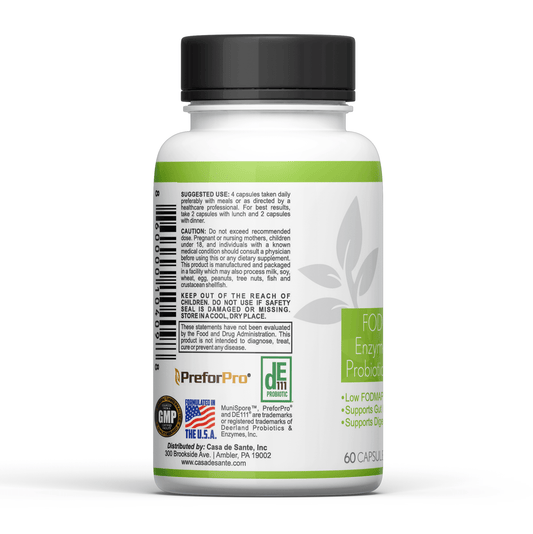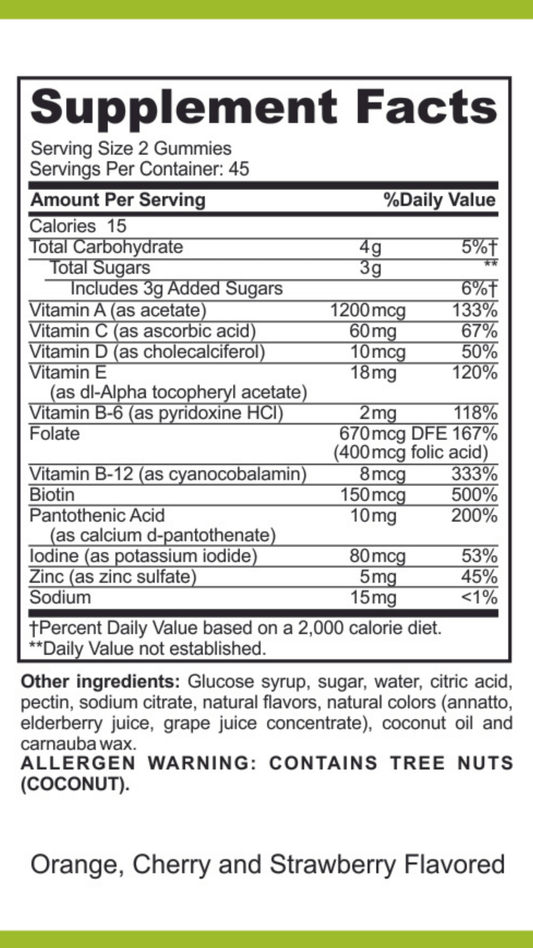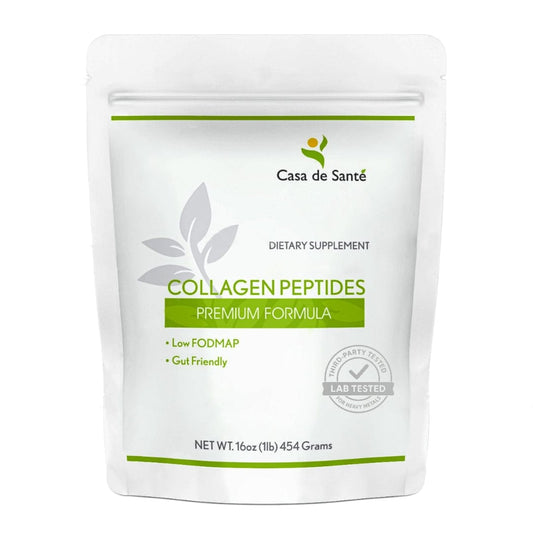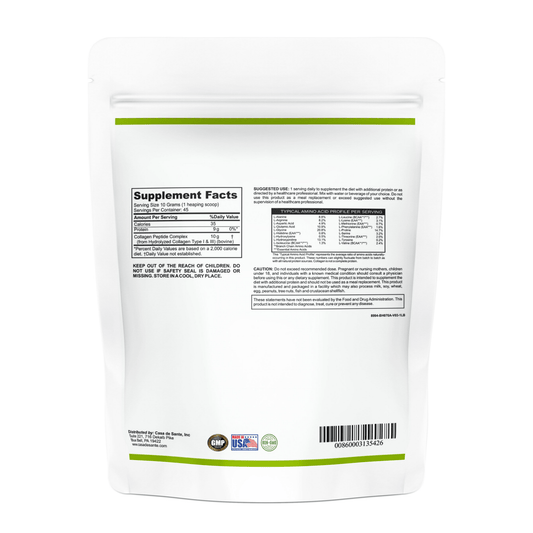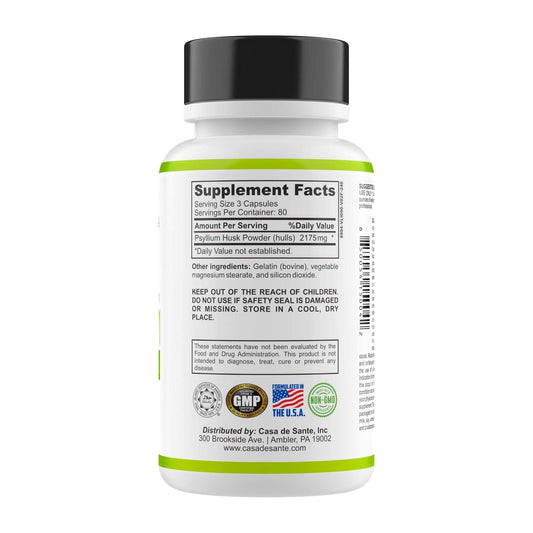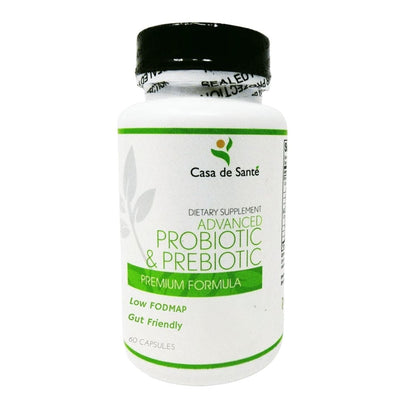How to Make Authentic Vegetarian Kimchi Jjigae at Home
How to Make Authentic Vegetarian Kimchi Jjigae at Home
Korean cuisine has gained immense popularity worldwide, and kimchi jjigae (kimchi stew) stands as one of its most beloved comfort foods. Traditionally made with pork, this hearty, spicy stew can be beautifully transformed into a vegetarian delight without sacrificing its authentic flavors. Whether you're a vegetarian looking to explore Korean cuisine or simply want to enjoy a meatless version of this classic dish, this guide will walk you through creating an authentic vegetarian kimchi jjigae that will warm your soul and delight your taste buds.
Understanding Kimchi Jjigae
Kimchi jjigae is a staple in Korean households, especially during cold winter months. The dish centers around kimchi, the fermented vegetable preparation (usually napa cabbage) that's considered Korea's national food. When kimchi ages and becomes more sour, it's perfect for cooking in stews like jjigae, where its complex flavors can fully develop and shine.
The traditional version typically includes pork belly, but our vegetarian adaptation uses tofu and mushrooms to create a protein-rich base that complements the tangy, spicy kimchi. The result is a bubbling pot of umami-rich stew with a perfect balance of sour, spicy, and savory notes that will transport you straight to a Korean kitchen.
The Cultural Significance
In Korean culture, jjigae isn't just food—it's a representation of community and comfort. Traditionally served in a communal stone pot placed in the center of the table, kimchi jjigae brings people together. The stew continues to bubble as you eat, keeping it piping hot throughout the meal. This communal style of eating reflects the importance of shared experiences in Korean culture.
By learning to make vegetarian kimchi jjigae, you're not only creating a delicious meal but also connecting with a rich culinary tradition that spans generations. The adaptation to vegetarian ingredients honors this tradition while making it accessible to those with plant-based diets.
Essential Ingredients for Vegetarian Kimchi Jjigae
Choosing the Right Kimchi
The foundation of any good kimchi jjigae is, unsurprisingly, the kimchi itself. For vegetarians, it's crucial to source kimchi made without fish sauce or shrimp paste, which are common ingredients in traditional preparations. Many Korean markets now offer vegetarian kimchi, or you can make your own using kelp and mushroom broth as the umami base.
The age of your kimchi matters significantly. Older, more sour kimchi (called "mukeunji" in Korean) delivers the most authentic flavor for jjigae. If you only have fresh kimchi, you can add a splash of rice vinegar to mimic the tangy notes of aged kimchi. The fermentation process not only develops flavor but also creates beneficial probiotics that support gut health—similar to how Casa de Sante's prebiotic and probiotic supplements help maintain digestive balance, especially for those with sensitive stomachs.
Protein Alternatives
Extra-firm tofu serves as the primary protein in our vegetarian version. Its neutral flavor absorbs the rich broth while providing a satisfying texture. For those with soy sensitivities or those looking to boost their protein intake, incorporating a scoop of Casa de Sante's low FODMAP certified plant protein powder into the broth can add nutritional value without disrupting the delicate flavor balance of the stew.
Mushrooms—particularly king oyster, shiitake, or button varieties—contribute meaty texture and umami depth. If using dried shiitake mushrooms, save the soaking liquid to add to your broth for an extra layer of flavor complexity.
Building Flavor Without Meat
Creating depth in vegetarian kimchi jjigae requires thoughtful ingredient selection. Kelp or mushroom-based broth provides the foundational savory notes. Korean red pepper flakes (gochugaru) and red pepper paste (gochujang) deliver essential heat and color. Doenjang (fermented soybean paste) adds complexity, while a small amount of coconut sugar balances the sour and spicy elements.
For those with digestive sensitivities, incorporating Casa de Sante's digestive enzymes before enjoying spicy dishes like kimchi jjigae can help prevent discomfort while still allowing you to enjoy these flavorful foods. Their enzymes are specifically formulated to aid in the breakdown of complex foods, making this spicy stew more accessible to those with sensitive digestive systems.
Low FODMAP Vegetarian Kimchi Jjigae Recipe
The Recipe
Here's a gut-friendly version of vegetarian kimchi jjigae that maintains authentic flavors while being gentle on sensitive digestive systems:
Low FODMAP Vegetarian Kimchi Jjigae
A warming, spicy Korean stew featuring aged kimchi and tofu, modified to be low FODMAP without sacrificing authentic flavor.
Ingredients:
- 2 cups low FODMAP vegetarian kimchi, chopped (ensure it's made without garlic or onion)
- 1 block (14 oz) extra-firm tofu, cubed
- 1 cup oyster mushrooms or shiitake mushrooms, sliced
- 4 cups low FODMAP vegetable broth
- 2 tablespoons kimchi juice (from the kimchi container)
- 1 tablespoon gochugaru (Korean red pepper flakes)
- 1 tablespoon gochujang (Korean red pepper paste, check for FODMAP-friendly version)
- 1 tablespoon tamari or gluten-free soy sauce
- 1 teaspoon sesame oil
- 1 teaspoon maple syrup
- 2 green onions (green parts only), chopped
- 1 tablespoon sesame seeds
- Optional: 1 scoop Casa de Sante low FODMAP protein powder (unflavored)
Instructions:
- Heat a Korean stone pot or heavy-bottomed pot over medium heat. Add sesame oil.
- Add the kimchi and stir-fry for 2-3 minutes until aromatic.
- Add gochugaru and gochujang, stirring to coat the kimchi evenly.
- Pour in the vegetable broth and kimchi juice. Bring to a simmer.
- Add mushrooms and simmer for 5 minutes until they begin to soften.
- Gently add tofu cubes, being careful not to break them.
- If using protein powder, mix it with a small amount of broth in a separate bowl until smooth, then stir into the stew.
- Add tamari and maple syrup. Simmer for another 10-15 minutes to allow flavors to meld.
- Taste and adjust seasonings if needed.
- Garnish with green onion tops and sesame seeds before serving.
Prep Time: 15 minutes
Cook Time: 25 minutes
Yield: 4 servings
Cuisine: Korean (Adapted)
Serving and Pairing Suggestions
Traditional Accompaniments
In Korean dining, a meal is never just about the main dish. Kimchi jjigae is traditionally served with steamed short-grain rice and an array of banchan (side dishes). For a low FODMAP approach, consider simple banchan like cucumber kimchi, seasoned spinach, or marinated bean sprouts. These sides complement the spicy stew while adding textural contrast and nutritional variety.
The traditional way to serve kimchi jjigae is in its cooking vessel—ideally a ttukbaegi (Korean earthenware pot) that retains heat beautifully. If you don't have one, any heavy-bottomed pot will work, though the presentation won't be quite as authentic. The stew should be served bubbling hot, with rice served separately in individual bowls.
Modern Twists
While traditionalists might stick to rice as the only accompaniment, contemporary Korean dining has embraced fusion elements. Try serving your vegetarian kimchi jjigae with a side of gluten-free noodles or even quinoa for a nutritional boost. Some modern Korean restaurants even serve kimchi jjigae with cheese melted on top—an unexpectedly delicious combination that's worth trying at home.
For a complete meal plan that incorporates this dish into a balanced weekly menu, Casa de Sante's personalized meal planning service can help integrate Korean-inspired dishes like this one into a gut-friendly eating routine, ensuring you get variety while respecting any dietary restrictions you might have.
Troubleshooting Your Kimchi Jjigae
Common Challenges
Even experienced cooks can encounter issues when preparing kimchi jjigae for the first time. If your stew lacks depth, try adding a tablespoon of doenjang (fermented soybean paste) or a splash of mushroom soy sauce. For stew that's too watery, simmer uncovered to reduce the liquid, or add a small amount of cornstarch slurry to thicken.
If your kimchi jjigae is too spicy, add a touch more sweetener or a dollop of coconut cream to temper the heat. Conversely, if it's not spicy enough, additional gochugaru can be added—though be cautious, as its heat intensifies as it cooks. Remember that the flavors will continue to develop as the stew sits, so it's often even better the next day.
Making It Your Own
The beauty of home cooking lies in adaptation and personalization. Once you've mastered the basic vegetarian kimchi jjigae, consider experimenting with additional vegetables like zucchini, bell peppers, or baby bok choy. Some cooks add a small amount of vegan kimchi butter (kimchi blended with plant-based butter) for richness.
For those following specific dietary protocols, this recipe can be further modified. If you're watching sodium, reduce the tamari and use a low-sodium broth. For extra protein, Casa de Sante's plant protein powder blends seamlessly into the broth. If you're dealing with constipation that sometimes accompanies dietary changes, their herbal laxative formulation can provide gentle relief while you adjust to the fiber-rich Korean diet.
Remember that authentic cooking is about honoring tradition while making practical adaptations for your needs and preferences. Your vegetarian kimchi jjigae doesn't need to be identical to one served in Seoul to be delicious and satisfying—it just needs to bring you joy and nourishment.
Conclusion
Creating authentic vegetarian kimchi jjigae at home connects you with centuries of Korean culinary tradition while accommodating modern dietary preferences. The bubbling, vibrant stew offers complex flavors that develop with each spoonful—tangy, spicy, savory, and deeply satisfying. By understanding the key ingredients and techniques, you can create a version that honors the original while meeting your nutritional needs.
Whether you're cooking for family, friends, or just yourself, this vegetarian adaptation of kimchi jjigae proves that plant-based cooking can be just as rich and fulfilling as traditional meat-based dishes. So gather your ingredients, embrace the aromatic process, and prepare to enjoy one of Korea's most beloved comfort foods—made your way, in your kitchen, with all the authentic flavor and none of the compromise.

